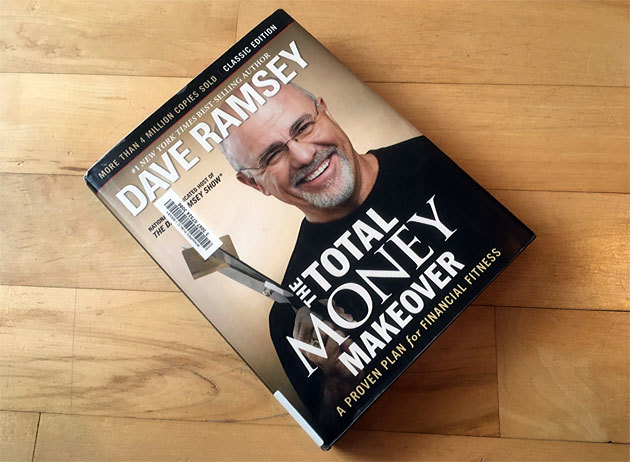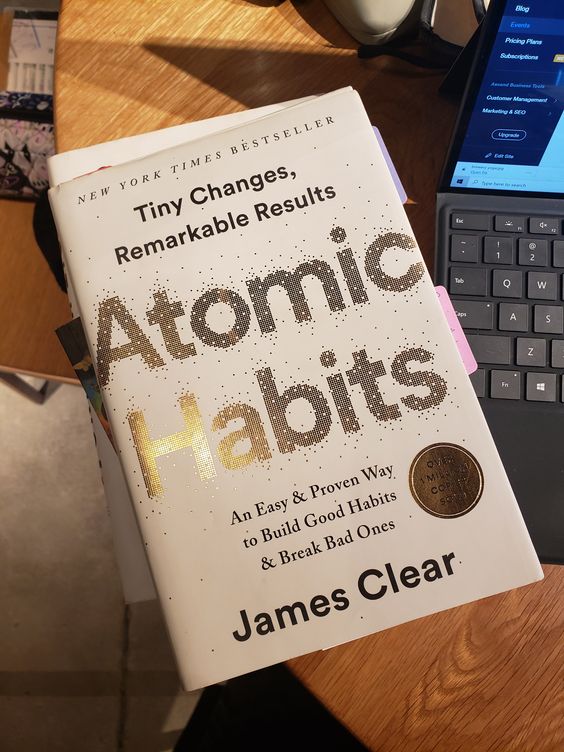The Total Money Makeover by Dave Ramsey – Best Book Summary

How you handle your finances determines if you excel in life or not. In “The Total Money Makeover” book by Dave Ramsey, he offers practical steps in managing finances, getting out of debt, eliminating consumer debt, having an emergency fund, investing for retirement and attaining financial freedom. As a renowned financial expert, Ramsey uses common sense step-by-step plans to help readers take control of their finances and transform their lives. This summary encapsulates the main concepts and strategies in “The Total Money Makeover” book.
“The Total Money Makeover” Seven Baby Steps
In this book, Ramsey offers a systematic approach to financial freedom, known as the seven baby steps. The steps include;
1. Saving for an emergency fund
What is an emergency fund? An emergency or contingency fund refers to cash set aside for unplanned expenses or financial emergencies. These expenses may include unexpected medical bills, damaged appliances, and loss of income, among others. According to Dave Ramsey, one should start with a $1000 emergency fund. An emergency fund ensures you do not rely on credit cards or loans when unexpected expenses occur.
2. Paying off debt
According to the Total Money Makeover book, you should pay all your debts except the mortgage using the debt snowball method. In this case, list all your debts from the smallest to the largest and make minimum payments. Put any extra money on the smallest debt and ensure it is fully paid off. Focusing on the smallest debts first and gaining momentum will build confidence and motivation to handle larger debts.
3. Building a fully funded emergency fund (save 3-6 months expenses)
According to Ramsey, once the debts are fully paid off except a mortgage, you should focus on saving money equivalent to your 3-6 months expenses. Such money offers a solid financial cushion in case of a job loss or other unexpected financial emergencies.
4. Investing for retirement
Ramsey also recommends saving up to 15% of the household income for retirement. Now that you have paid all debts and have a 3-6 months emergency fund, start building wealth. In this case, allocate 15% of the monthly income (gross household income) towards your retirement savings. This can be done through employer-sponsored retirement plans or individual retirement accounts.
5. Saving for children’s college education
The next step involves saving for the children’s college fund. However, always ensure that your financial future is secured before saving for the college education.
6. Paying off the mortgage
If you have attained the above steps, focus on owning your home early. This can be done by making extra principal payments or refinancing a shorter-term loan, accelerating the process.
7. Building wealth and giving generously
If you are debt free, including the mortgage and have created a solid financial foundation, consider giving back to the community and supporting meaningful causes.
Other Book’s Key Concepts
The Power of Budgeting
According to this book, budgeting is crucial in attaining financial stability. Ramsey emphasizes the importance of developing a monthly budget and sticking to it strictly. By assigning every coin a specific purpose, you gain better control over your spending, avoid needless debt, and direct funds to attaining financial goals.
Understanding and Controlling Spending Habits
Dave Ramsey also encourages readers to examine their spending habits closely. Such can be done by differentiating between wants and needs. What are my needs? What are my wants? While needs are essentials necessary to live and function, including food and clothing, wants are things used to improve one’s quality of life, including luxury cars and designer clothes. According to the book, learning to live within one’s means is fundamental to the total money makeover.
Exploring “The Total Money Makeover” book by Dave Ramsey, it offers a comprehensive guide for people seeking financial stability and freedom. By following the principles and concepts offered in the book, you will gain control over your finances, eliminate debt, and build wealth for a secure future. Ramsey’s real-life success stories and practical advice offer inspiration and motivation to take charge of your financial journey. Whether you are drowning in debt or simply looking to improve your financial situation, “The Total Money Makeover” book offers a roadmap to transform your relationship with money and achieve lasting financial success.
“The Total Money Makeover” Key Lessons
- Have a budget- Ramsey emphasizes the importance of creating and strictly following a budget. Through a monthly budget, you will effectively track your income and expenses, allowing you to make informed decisions regarding money.
- Learn to live within your means- According to Dave Ramsey, you should always live on less than you earn, which is key for financial stability. This means avoiding debt and not succumbing to pressure to keep up with other people’s lifestyles.
- Build an emergency fund. In this book, Ramsey encourages readers to create an emergency fund of at least 3-6 months’ worth of expenses. This fund offers a financial cushion and helps you avoid going into debt when unexpected expenses come up.
- Pay off debt aggressively- Dave Ramsey advocates the “debt snowball” method, which encourages paying off debts starting with the smallest. As each debt is paid off, the previously allocated money is added to the next debt. This approach provides motivation and momentum to eliminate debt.
- Always avoid consumer debt- In this book, Ramsey discourages taking on consumer debt, including credit card debt or financing purchases through loans. On the contrary, he encourages using cash or saving up for purchases to avoid paying interest and falling into a debt cycle.
- Save for retirement. Ramsey largely emphasizes the importance of saving for retirement early and consistently.
- Be intentional with your money: The book encourages readers to spend intentionally. Prioritize your financial goals, cut unnecessary expenses, and focus on long-term financial security rather than short-term gratification.
- Always communicate about money. Have open communication about finances, particularly with romantic partners and families. As a couple, for example, working together towards shared financial goals and maintaining transparency assists in building a strong financial foundation.
- Build wealth and give generously. Once you are debt-free and have built a solid financial foundation, the book encourages readers to invest, save, and build wealth. The book also emphasizes the importance of giving back and being generous with resources.






